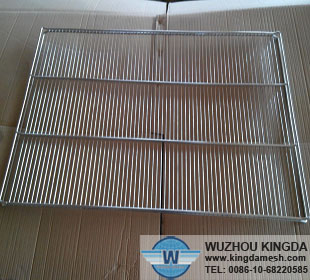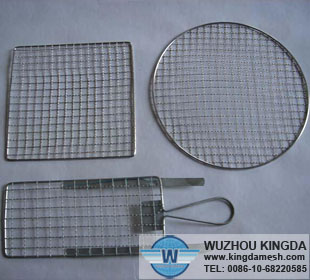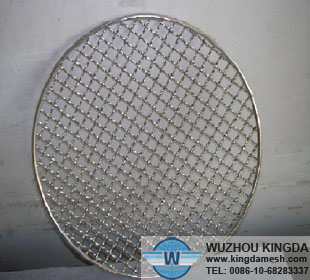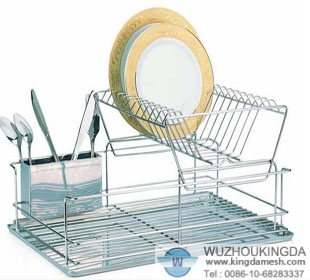Substitute for a Roasting Rack
A roasting rack is an essential tool in creating a perfect roast for family or company dinners. The rack allows the heat from the oven to to circulate around the meat and keeps it out of its own drippings. If you realize you don't have a roasting rack at the last minute, don't panic. A little ingenuity and a good look around your kitchen will provide you with suitable alternatives.
Aluminum Foil
Make a roasting rack that will lift your roast off the pan using aluminum foil. Tear off 2 or 3 feet of aluminum foil; roll and scrunch it lengthwise to create a 1-inch thick, long rope of aluminum foil. Bend the foil rope into a spiral coil so that it evenly supports the weight of your roast. Set your roast on top of the foil spiral inside the roasting pan. Alternatively, crumple several layers of aluminum foil into four solid balls and use them to hold up the roast in the pan. In both cases, spray the foil generously with cooking spray to prevent sticking.
Other Appliance Racks
Look to your other kitchen appliances to find a suitable roasting rack substitute. If you have a toaster oven, for example, take the rack out of it and use it in your roasting pan if it fits. Alternatively, use the small microwave-safe rack that came with your microwave oven. Or, use an oven-safe cooling rack such as those used for cooling cookies and other cakes. Spray the racks with cooking spray to prevent the meat from sticking to the rack.
Vegetables
Use the vegetables you plan to cook with the roast as a "rack." Simply spread the vegetables in a single layer on the bottom of the roasting pan and lay your roast atop it. Cut your onion and potatoes into thick quarter wedges and slice carrots at least 1-inch thick. Not only will your veggies hold up the roast, but the juices from the roast will drip down onto the vegetables, adding additional flavor.
Other Creative Substitutes
Use four small ramekins turned upside-down to hold up a large roasting item such as a turkey. Position the ramekins so that the weight of the roast is distributed evenly among them. Metal cookie cutters can elevate a smaller roast. And the cooking grates from a gas stove can hold up your roast: First, cover the grates with aluminum foil, poking a few holes in the foil to allow the juices to drip through to the pan. Depending on the size of your roasting pan, you can position four cooking grates against the sides of the pan, two on each side, to create a V-shaped roasting rack on which to lay your roast.





